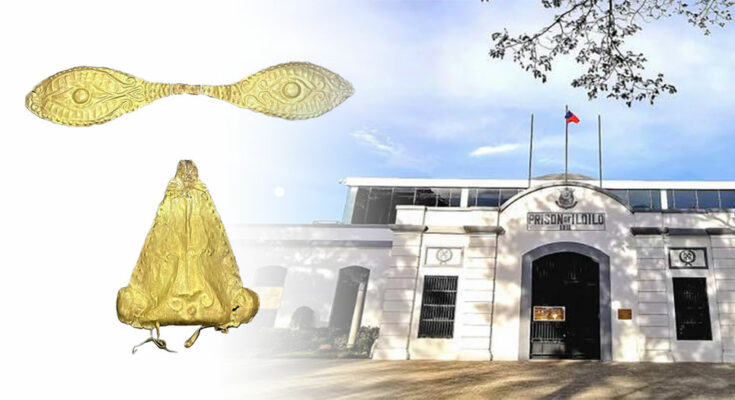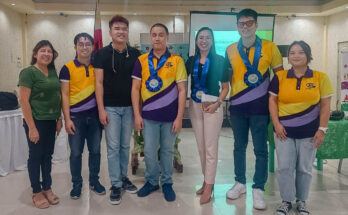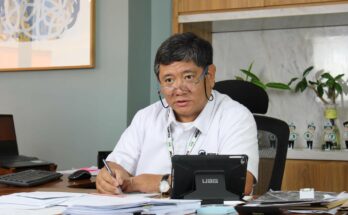Half a century after its discovery, the Oton Gold Death Mask will be brought home. The National Museum of the Philippines will unveil this National Cultural Treasure in the exhibition, “Ang Tamung nga Bulawan” (The Oton Gold Death Mask), at Gallery 2 of National Museum Western Visayas, Iloilo City, on January 20, 2023.
Dated to late 14th to early 15th century (Age of Trade), the Oton Gold Death Mask is one of the few funerary gold masks and face covers found in the Philippines, and in graves in Bali, Indonesia (100 BC to 100 AD), Vietnam (100 BCE-100 CE), and southern India (Iron Age). Its discovery was celebrated because it was found in situ or in its original location in San Antonio, Oton, Iloilo on June 5, 1967, during the systematic archaeological excavations led by NM anthropologists Alfredo Evangelista and F. Landa Jocano, an Ilonggo.
The burying of the dead with face covers is an ancient burial practice. The early Bisayans believed that the gold coverings in the eyes, nose and mouth protect the dead from evil spirits that want to occupy the dead body. They believed that the brightness of the gold drives away evil spirits. Gold was also associated with social status, and persons with high ranks were buried with as much gold as possible – gold face covers, small gold in between the burial shroud, gold accessories, jewelry, and beads, and other prized possessions like ceramics.
The gold death mask recovered from Oton was decorated with repousse dots and curvilinear motifs for both the eye and nose covers. Other death masks recovered in the country like the one from Butuan Delta and another from a burial site in Northeastern Mindanao, and in Plaza Independencia, Cebu City were made of thin gold sheet with simple or less intricate designs.
Some metal age burials in Indonesia, particularly in Bali and Sulawesi were also found with gold death masks, although the beliefs associated to the practice were different compared to that of the Bisayans. Gold masks were also recovered in burial sites in Vietnam and China. Those found in China were made of gold, bronze and even jade. Scholars argued that the death masks and face covers found in Bali and Philippines were evidences of the specialized use of gold in burial practice. The practice of covering faces with gold masks is traceable in burials over a period of 1,700 years.
The return of the Oton Gold Death Mask is timely as Western Visayas celebrates this January a facet of its heritage as seen in the celebration of Ati-Atihan of Kalibo and Dinagyang of Iloilo.
The #NationalMuseumPH is open Tuesday to Sunday, 9AM to 5PM. Entrance is free. (via National Museum Western Visayas FB)




